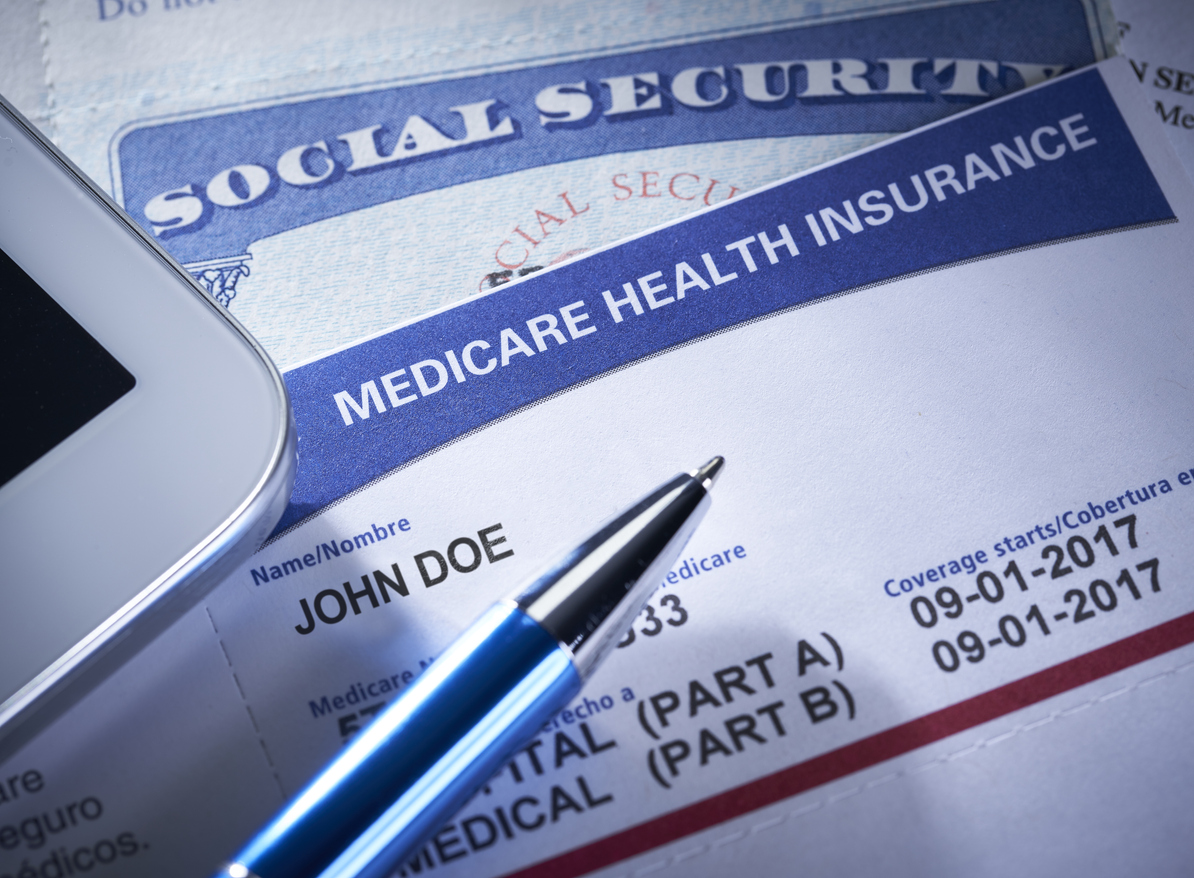Boomers and Their Children Beware?
New government report on Social Security and Medicare demands attention now

Last month I brought attention to the overdue annual report of the Trustees of Social Security and Medicare. It was finally issued this week, five months to the day late, and sure enough, the numbers were awful. Spoiler alert: Before Congress sends new trillion-dollar spending initiatives to the President, it needs to explain to America’s seniors whether the Social Security and Medicare fixes that are both foreseeable and necessary are priorities or not.
This year’s trustees’ report was the first to reflect the effects of the pandemic, and just as was feared, Covid accelerated the pace of program insolvency. Social Security is now expected to go bankrupt a year earlier than previously projected (now it will occur in twelve years), and Medicare’s main program covering in-patient hospitalization goes upside down even sooner – in 2026. Think about that – the hospitalization fund is belly-up just as the first group of Baby Boomers turn 80. Over the next decade, that beleaguered trust fund will be upside down to the tune of over a half trillion dollars. By the time the last of the Baby Boomers is Medicare-eligible, the numbers are even more dire.
Unable to pay
How troubling is it that just about at the time the last Baby Boomer hits full retirement age for Social Security, the program is in a full-blown crisis, bleeding money, unable to pay full benefits? And to put this in full perspective, for Social Security, in present value dollars, its projected deficit for the next 75-year period (which is the standard test of financial solvency) is a whopping $21 trillion. Do these numbers even mean anything anymore? Are they too big for us to care?
I say Americans will want to fix a problem that they know they have. We don’t have the luxury of postponing action further. The Trustees have given us the numbers. The earlier Congress acts to fix these now well-documented structural problems, the less painful the remedies will be. Amazingly enough, even though both of these huge programs are submerged in red ink, there is talk about expanding eligibility for Medicare to people 60 and older, and adding vision, dental and hearing benefits, which will only aggravate the shortfalls. One can argue the merits of whether such an expansion in coverage is good public policy, but one can’t argue the fact that you have to have a funding source to cover the new costs – not to mention the existing ones.
Worse than we think?
Those who race to point out that even when the programs are in the red, they still will be able to pay the great majority of the promised benefits, ignore what a 10-20% reduction means to the elderly poor and disabled. And if my experience with government has taught me anything, it is that projections like those the Trustees provided understate the magnitude of the problem.
Millennials and Gen Z folks should be just as concerned as America’s seniors. They are the ones who potentially will be left holding the debt now being incurred by the trillions, having paid into programs from which they will derive little benefit. They have as much at stake in this debate as America’s seniors.
